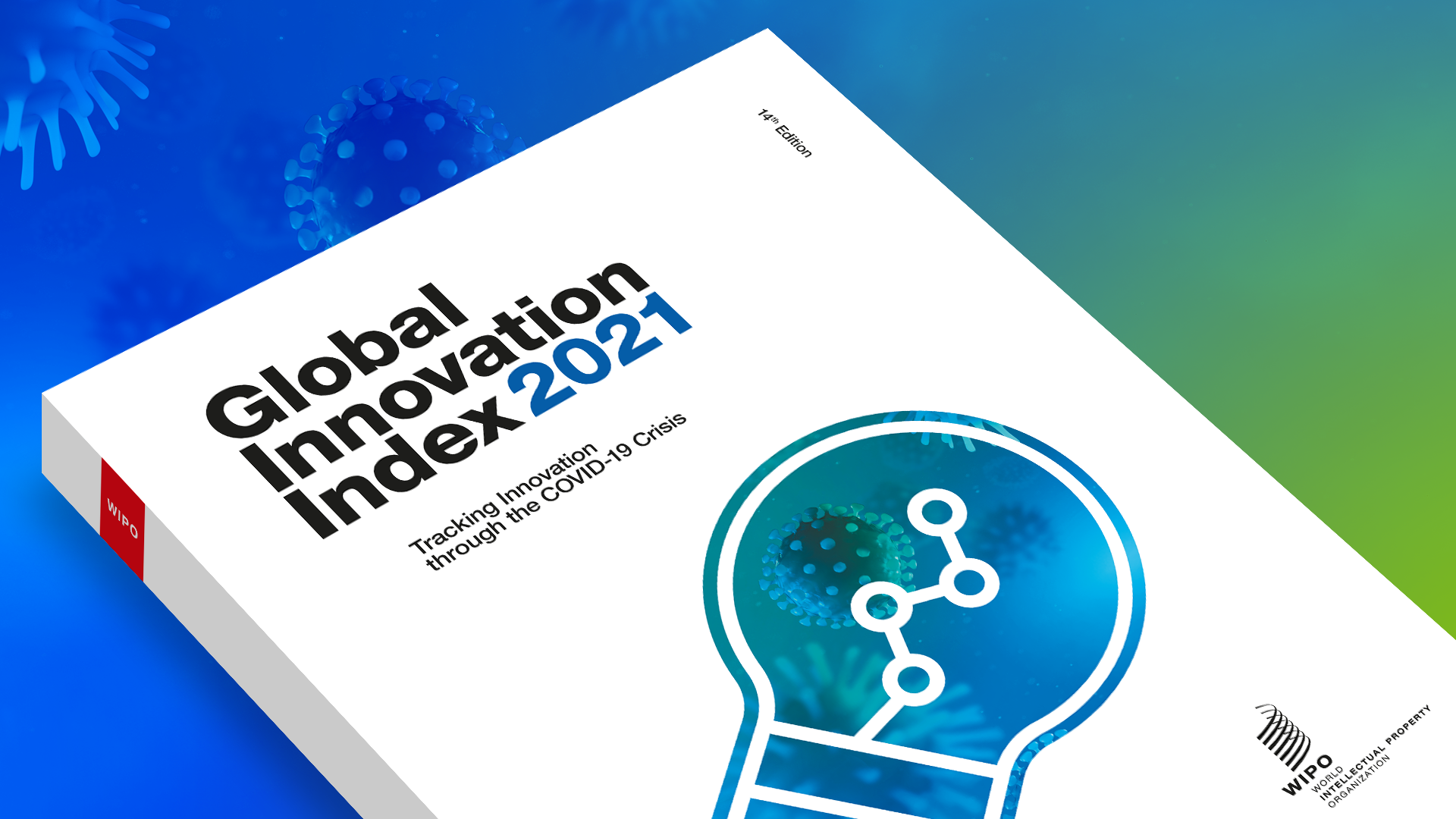Will the Glasgow Climate Pact drive even higher levels of innovation (and patenting activity) as we look for solutions to the climate crisis?
In October more than 100 world leaders and an estimated 20,000 delegates flocked to Glasgow for COP26. Their agenda was simple. They were there to work out how best to tackle the escalating climate crisis. One of the outcomes from COP26 was The Glasgow Climate Pact.
A large part of The Glasgow Climate Pact is a firm commitment from all parties to come forward with enhanced Nationally Determined Contributions (NDCs) during 2022. NDCs formed the heart of the Paris Agreement. They were designed to set out how each signatory will achieve their long-term environmental goals, reduce national emissions and adapt positively to combat the impacts of climate change.
The Glasgow Climate Pact will expediate the current plans by ramping up activity to meet the Paris Agreement’s temperature goals by 2030.
The Pact has also implored governments to “accelerate the development, deployment and dissemination of technologies, and the adoption of policies, to transition towards low-emission energy system”.
This is the first time such language has been included in COP decisions and has placed a much stronger emphasis on the part innovation will need to play in slowing the effects of the climate crisis.
And where there is increased innovation, there is always the question as to how this will affect the patent landscape.
The UK IPO recently published a very detailed set of reports on patent activity within the various strands of the green/environmental/cleantech technologies and we’d like to summarise their conclusions to provide you with an overview of how it appears technology and innovation are attempting to help the UK realise its aim to become the first major economy to set reach net zero greenhouse gas emissions by 2050.
Patent activity in carbon capture
There has been a significant increase in patent applications covering carbon capture and storage (CCS) technology in recent years.
From a global perspective this increased level of activity is led by major US corporates including Exxon Mobil and patent owners are looking for protection in the US, China and Europe.
From a UK perspective it is interesting to note that at its peak the majority of CCS patent applications were being filed by companies based outside of the UK while the patents filed by UK-based companies peaked in 2010 before stabilising in 2014.
It appears from the available information that Carbon capture, utilisation and storage (CCUS), an important emissions reduction technology that can be applied across the energy system, is the area enjoying most growth. This is likely to be because the UK government is significantly investing in the development of CCUS facilities in the UK and this could influence how patenting activity develops over the next few years.
Patent activity in greener vehicles
While ‘greener vehicles’ is a very broad church that covers automobiles, public transport, shipping and aviation, enormous attempts are being made to lower the environmental impact every type of vehicle is having on the environment.
This need is so significant that three of the points in the government’s ten point plan for a green industrial revolution mention transport, both generally and more specifically using examples like Jet Zero. It is therefore no surprise that between 2001-2018 there has been a massive increase in relevant patenting activity.
The UK is performing strongly. Overall active patent families belonging to UK owners have increased between 2001 and 2018 and when we look at specific challenges like Jet Zero, the data shows major UK manufacturers like Rolls-Royce are working hard to bring us closer to net zero-emission aviation.
We would expect patent activity around greener vehicles to continue to grow given the growing pressure being put on OEMs to find and market more environmentally friendly modes of transport. And as aviation can make the most dramatic difference to emission levels it looks likely that activity in areas like Jet Zero will increase at the fastest rate.
Read the UK IP Office report “Greener Vehicles” for more details of patenting activity in this area.
Patent activity in wind and offshore wind power
Patenting activity related to wind power increased across the world between 2001 and 2018 but unfortunately the trend is not reflected in the UK. During this period the most prolific patent filers were the State Grid Corporation (China), General Electric (US) and Vestas (Denmark).
However, the reason the UK has not been as active could be that UK innovators’ endeavours in this area are more specialised, a view supported by the supporting data being produced by the Relative Specialization Index (RSI), an international indicator that measures the research profile of a country by comparing its activity with its share of a given field.
The picture in the offshore wind power sector is similar.
There has been in an increase in patenting worldwide – dominated this time by Vestas, Siemens Energy and General Electric – but in the UK there has been a lower number of patents filed although again the subject matter of these patents appears to be more specialised with more offshore related patents than more general wind power patents.
If we look at future developments, we feel the UK government’s plans to develop more floating offshore wind capabilities will shortly have a direct impact on the number of patents filed in this area.
Read the UK IP Office report “Offshore Wind Power” for more details of patenting activity in this area.
Patent activity in green buildings and heat pumps
At the moment a great deal more patents are being filed for inventions relating to greener building technologies than there are for heat pumps. In fact, there are still very few patents being filed for heat pumps, particularly in the UK.
If we look globally, the number of greener building patents has increased steadily between 2001 and 2018 which suggests this is an area of technology that is continuing to develop at pace.
However, with governments all over the world (particularly the UK where The Green Heat Network Fund, a £270 million scheme supporting the commercialisation of low carbon heat network projects has just been launched) looking to find cheaper and more environmentally friendly methods of heating homes, we think it’s fair to expect an increase in R&D relating to heat pump technology and an exponential increase in patenting activity as the technology develops.




